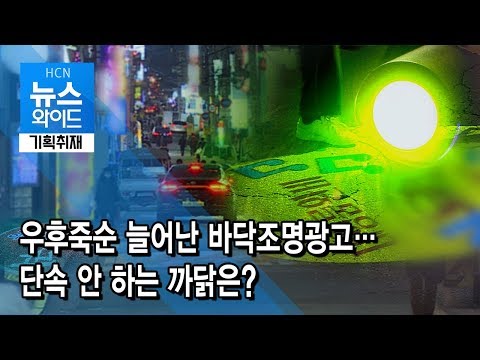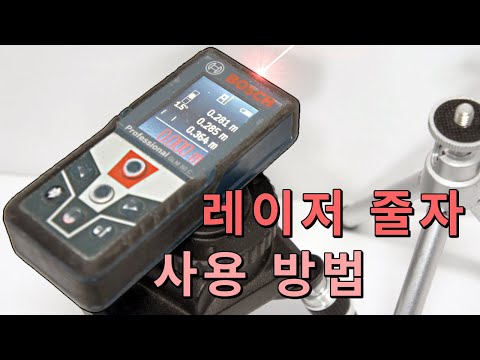NỘI DUNG
레이저 각인 영어로
1. 레이저 각인의 개념 및 원리
레이저 각인은 레이저 광선을 이용하여 표면에 영구적인 표시를 남기는 공정으로, 주로 금속, 나무, 플라스틱 등 다양한 재료에 적용됩니다. 이 공정은 레이저 광선의 집중된 열에 의해 재료의 표면이 증발하거나 융해되어 각인효과를 만들어냅니다. 이는 컴퓨터 제어 시스템과 함께 작동하여 정밀한 표지나 도안을 만들 수 있습니다.
2. 레이저 각인의 역사와 발전
레이저 각인 기술은 1960년대에 처음 개발되었고, 초기에는 주로 공업용 프로세스로 사용되었습니다. 하지만 최근 몇 십 년 동안 기술의 발전과 저렴한 레이저 장비의 등장으로 레이저 각인은 개인 및 소규모 비즈니스에도 접근 가능해졌습니다.
3. 레이저 각인의 장점과 활용 분야
레이저 각인 기술은 다양한 장점을 가지고 있습니다. 먼저, 높은 정밀도로 디자인이나 글씨를 재료에 표현할 수 있습니다. 또한, 각인 공정이 비접촉식으로 이루어지기 때문에 재료의 손상 없이 표면을 처리할 수 있습니다. 이로 인해, 레이저 각인은 주로 주얼리, 패션 및 가구 디자인, 명판, 로고 등 다양한 분야에서 사용됩니다.
4. 레이저 각인 공정의 단계와 기술
레이저 각인 공정은 일반적으로 다음과 같은 단계로 진행됩니다. 먼저, 재료의 표면을 청소하고 이를 위해 적절한 화학 처리가 될 수도 있습니다. 다음으로, 레이저 각인 작업을 위한 컴퓨터 소프트웨어를 사용하여 디자인이나 도안을 준비합니다. 이어서, 재료를 레이저 각인 머신에 고정시키고 각인 공정을 수행합니다. 마지막으로, 작업이 완료되면 재료를 레이저 각인 머신에서 분리하여 마무리 단계로 넘어갑니다. 이 단계에서 필요에 따라 인화나 코팅 등 추가 처리가 이루어질 수 있습니다.
5. 다양한 레이저 각인 재료의 특성과 적용
레이저 각인은 다양한 재료에 적용될 수 있습니다. 금속, 나무, 플라스틱, 유리, 세라믹 등 다양한 특성을 가진 재료에 적절한 레이저 파라미터와 각인 프로세스를 적용하여 원하는 효과를 얻을 수 있습니다.
6. 레이저 각인 시스템의 종류와 선택 기준
레이저 각인 시스템은 다양한 종류와 기술을 가지고 있습니다. CO2 레이저, 섬유 레이저, Nd:YAG 레이저 등 다양한 레이저 소스가 사용되며, 각각은 특정 재료와 특정 응용 분야에 더 적합한 결과물을 생성합니다. 선택 기준은 주로 처리할 재료의 특성, 작업 크기 및 정밀도의 요구 수준, 생산 용량 등 여러 가지 요인에 따라 결정됩니다.
7. 레이저 각인의 정확성과 속도를 최적화하는 방법
레이저 각인의 정확성과 속도는 레이저 파라미터와 각인 속도에 영향을 받습니다. 정확성을 높이기 위해선 올바른 파라미터를 설정하여 적절한 에너지 밀도로 작업하는 것이 중요합니다. 작업 속도도 유지해야 할 정밀도에 따라 조정되어야 합니다.
8. 레이저 각인의 안전성과 환경적 영향
레이저 각인은 안전성을 유지해야 합니다. 작업 영역은 안전 장치로 보호되어야 하며, 안전한 작업 환경을 유지하기 위해 레이저 방사선에 노출되지 않게 하는 것이 중요합니다. 또한, 재료 처리 과정에서 발생하는 잔재물이나 배출물을 관리하여 환경적 영향을 최소화해야 합니다.
9. 레이저 각인의 현재 동향과 미래 전망
레이저 각인 기술은 현재 산업 및 개인 사용자들 사이에서 급격한 인기를 얻고 있으며, 미래에는 더 넓은 응용 분야에서 사용될 것으로 예상됩니다. 레이저 기술의 발전과 함께 더욱 정밀한 각인, 다양한 재료 처리 및 확장된 기능을 제공하는 레이저 각인 시스템의 출시가 기대됩니다.
FAQs:
Q1: 레이저 각인 시스템은 어떻게 작동하나요?
A1: 레이저 각인 시스템은 레이저 광선을 생성하고 이를 작업 재료에 집중시키는 렌즈를 통해 표면을 각인하는 과정으로 작동합니다.
Q2: 레이저 각인은 어떤 재료에 적용할 수 있나요?
A2: 레이저 각인은 일반적으로 금속, 나무, 플라스틱, 유리, 세라믹 등 다양한 재료에 적용할 수 있습니다.
Q3: 레이저 각인은 어떤 분야에서 사용되나요?
A3: 레이저 각인은 주얼리, 패션 및 가구 디자인, 명판, 로고 등 다양한 분야에서 사용됩니다.
Q4: 레이저 각인의 정확성은 어떻게 유지되나요?
A4: 레이저 각인의 정확성은 올바른 파라미터 설정과 작업 속도에 의해 유지됩니다.
Q5: 레이저 각인 작업은 안전한가요?
A5: 레이저 각인 작업은 안전 장치와 올바른 작업 환경을 유지함으로써 안전성을 유지할 수 있습니다.
Q6: 레이저 각인 시스템은 어떤 종류가 있나요?
A6: 레이저 각인 시스템은 CO2 레이저, 섬유 레이저, Nd:YAG 레이저 등 다양한 종류가 있으며, 각각은 특정 응용 분야에 적합한 결과물을 생성합니다.
Q7: 레이저 각인의 미래 전망은 어떻게 될까요?
A7: 레이저 각인은 기술의 발전과 함께 더 다양한 응용 분야에서 사용될 것으로 예상되며, 더욱 정밀한 각인과 기능을 제공하는 시스템의 발전이 기대됩니다.
사용자가 검색한 키워드: 레이저 각인 영어로 Laser engraving, Engrave
Categories: Top 99 레이저 각인 영어로
레드울프 이니셜 각인 / 불박 및 레이저 각인 /영어 한글 한문 등 다양한 언어로 개성을 표현해보세요~
여기에서 자세히 보기: huanluyenchosaigon125.com
Laser Engraving
레이저 각인은 혁신적이고 정밀한 기술로, 다양한 산업 분야에서 널리 사용되고 있는 각인 기술입니다. 이 기술은 공예품, 훈장, 보석, 쥬얼리, 의료 기기, 전자 제품, 플라스틱, 나무, 금속 등 다양한 재료에 간단하고 아름다운 디자인을 각인할 수 있습니다.
레이저 각인의 작동 원리는 레이저 광선을 사용하여 재료의 표면을 열어 깊이를 만드는 것입니다. 이는 작업물의 내구성과 참신성을 보장하는 탁월한 결과를 얻을 수 있게 해줍니다. 또한 이 기술은 자동화된 프로세스로, 고요하면서도 빠른 작업을 가능하게 합니다.
레이저 각인의 주요 이점 중 하나는 가장 얇은 선도 매우 정확하게 각인할 수 있다는 것입니다. 이는 각인 작업의 디테일과 정확성을 향상시키는데 도움이 됩니다. 단순한 로고부터 복잡한 그림이나 글꼴까지 다양한 디자인을 감각적으로 만들어낼 수 있습니다.
이 기술은 플라스틱, 목재, 유리, 석재, 종이, 천, 섬유, 피혁, 금속 등 다양한 재료에 사용할 수 있습니다. 일부 레이저 각인 기계는 여러 재료의 표면을 조절할 수 있도록 조명 시스템을 제공하기도 합니다. 따라서 사용자는 원하는 재료에 맞는 광선을 사용하여 최상의 결과를 얻을 수 있습니다.
레이저 각인은 또한 산업 표준인 이미지 형식인 벡터 그래픽을 사용합니다. 이 형식은 이미지를 컴퓨터가 이해할 수 있는 정보로 변환하는데 사용되는 소프트웨어 프로그램들과 호환됩니다. 따라서 사용자들은 다양한 디자인 소프트웨어로 원하는 디자인을 만들고 각인에 사용할 수 있습니다. 이미 완성된 디자인이 있는 경우, 그대로 가져다가 사용하거나 수정해서 사용할 수도 있습니다.
자동화된 작업으로 인해, 레이저 각인은 효율성과 생산성을 향상시키는 데 도움이 됩니다. 큰 양의 제품을 빠르게 각인할 수 있으며, 대량 생산에도 적합합니다. 이를 통해 비용을 절감하고 제품 생산에 소요되는 시간을 단축시킬 수 있습니다.
FAQs (자주 묻는 질문들):
1. 레이저 각인을 위해 어떤 종류의 재료가 사용됩니까?
– 레이저 각인은 다양한 재료에 적용될 수 있습니다. 주로 플라스틱, 목재, 유리, 종이, 천, 섬유, 피혁, 금속 등을 사용합니다. 각 재료의 표면 특성에 따라 각인 결과가 달라질 수 있습니다.
2. 레이저 각인은 어떻게 작동합니까?
– 레이저 각인은 레이저 광선을 특정 재료의 표면에 집중시켜 열을 발생시키는 과정입니다. 이렇게 열이 발생하면 재료의 표면이 열장에 따라 깊이를 만들며, 각인 결과물의 내구성과 참신성을 보장합니다.
3. 레이저 각인은 어떤 종류의 디자인을 각인할 수 있습니까?
– 레이저 각인은 매우 정밀한 디자인을 각인할 수 있습니다. 선의 두께에 제한이 없어 얇은 선부터 굵은 선까지 다양한 디자인을 가능하게 합니다. 또한, 로고, 그림, 글꼴 등 다양한 디자인을 각인할 수 있습니다.
4. 레이저 각인 기계의 크기 및 작업 영역은 어떻게 됩니까?
– 레이저 각인 기계의 크기와 작업 영역은 다양합니다. 작은 프로토 타입 및 개인 사용을 위한 작은 크기의 기계부터 큰 규모의 산업용 기계까지 다양한 크기를 선택할 수 있습니다. 작업 영역은 실제 작업 가능한 공간을 지칭하며, 작업물의 크기에 상응하는 작업 영역을 선택해야 합니다.
5. 레이저 각인과 다른 방법의 각인 기술은 어떻게 다른가요?
– 레이저 각인은 다른 각인 기술과 비교했을 때, 정밀성 및 속도에서 우위를 보입니다. 레이저 각인은 디자인의 세부사항을 정확하게 따르며, 빠르고 일관된 결과물을 얻을 수 있습니다. 또한, 다른 각인 기술에 비해 작업 후 뒷처리가 더 적게 필요합니다.
레이저 각인은 정밀하고 효율적인 각인 기술로, 다양한 산업 분야에서 호평을 받고 있습니다. 이 기술은 정교한 디자인, 내구성, 생산성 등의 이점을 제공하며, 다양한 재료에 적용 가능합니다. 레이저 각인은 미래의 제품 생산과 디자인 분야에서 중요한 역할을 할 것으로 기대됩니다.
Engrave
Engraving is a time-honored art form representing the essence of meticulous craftsmanship. It involves incising designs, patterns, or texts onto a hard surface, often yielding visually striking and enduring creations. While engraving has traversed numerous cultures and continents, Korea boasts a rich history of its own distinct style. In this article, we will delve into the art of engraving in Korea, tracing its origins, exploring its techniques, and showcasing its significance in Korean culture.
The Origins of Korean Engraving
Korean engraving, known as “Kkokdook” in Korean, dates back to the Three Kingdoms period (1st century BC – 7th century AD). Initially developed for printing Buddhist sutras and images, Korean engraving later expanded into additional realms, such as seals, ceramics, and decorative art. The art form flourished during the Goryeo dynasty (918–1392) and Joseon dynasty (1392–1910), leaving an indelible mark in Korean history.
Engraving Techniques and Styles
Traditionally, Korean engraving techniques include relief carving and intaglio carving. Relief carving involves creating raised designs by removing material around them, leaving the design standing out. This technique is prominent in woodblock printing, where the raised part holds ink and transfers it onto paper. Notable examples of relief carving in Korean engraving include woodblocks used for printing Buddhist texts and illustrations.
On the other hand, intaglio carving is the opposite process, where the design is incised into the surface, leaving a depressed area that holds the ink. This technique can be seen in the making of metalwork, ceramics, and grave tablets. The intricate detail and precision achieved through intaglio carving make it a highly esteemed technique in Korean engraving.
In terms of style, Korean engravings showcase diverse artistic expressions. Traditional motifs often feature flora, fauna, mythical creatures, and auspicious symbols, reflecting the Korean aesthetic sensibility. Additionally, calligraphy plays a crucial role in Korean engraving, with beautifully inscribed texts often accompanying the engraved designs. The fusion of form, symbolism, and calligraphic artistry creates a harmonious whole, imbuing Korean engravings with unique cultural significance.
The Significance of Engraving in Korean Culture
Engravings in Korea have served various cultural, religious, and practical purposes throughout history. Buddhist monks played a pivotal role in the widespread use of engravings for printing sutras and religious texts, disseminating Buddhist teachings across the land. Engraved objects were also an integral part of rituals and ceremonies, signifying the spiritual connections between the living and deceased.
Korean engraving extends beyond religious and ceremonial realms, permeating everyday life. The use of engraved seals, known as “dojang,” has been prevalent throughout Korean history. Seals hold a significant role in traditional Korean society, representing authority, status, and ownership. They are used in official documentation, including legal agreements, artwork authentication, and personal correspondence. The engravings on these seals are meticulously crafted, often incorporating personal crests, symbols, or names.
FAQs about Korean Engraving
1. Can I learn Korean engraving as a hobby?
Yes, absolutely! Numerous institutions and organizations offer classes and workshops on Korean engraving. These courses cater to both beginners and experienced individuals interested in honing their skills or immersing themselves in this beautiful traditional art form.
2. What materials are commonly used in Korean engraving?
The choice of materials varies depending on the engraving techniques. Wood, metal, stone, and ceramics are some of the frequently used mediums in Korean engraving. Different materials offer unique textural qualities and challenges, impacting the final outcome of the engraving.
3. Are there contemporary artists practicing Korean engraving?
Yes, there is a growing community of contemporary artists who uphold and reinterpret the tradition of Korean engraving. These artists experiment with new styles, materials, and techniques to create modern expressions while preserving the essence of Korean engraving.
4. Are Korean engravings available for purchase?
Yes, Korean engravings can be found in various galleries, art markets, and online platforms. They range from affordable prints to intricate masterpieces, allowing enthusiasts to bring a piece of Korean engraving into their homes.
Preserving the Legacy
Engraving in Korean culture reflects the values, history, and creativity of the Korean people. With its diverse techniques, rich symbolism, and enduring aesthetic appeal, Korean engraving continues to captivate art enthusiasts worldwide. By embracing and appreciating this magnificent art form, we contribute to the preservation and celebration of Korea’s cultural heritage.
주제와 관련된 이미지 레이저 각인 영어로
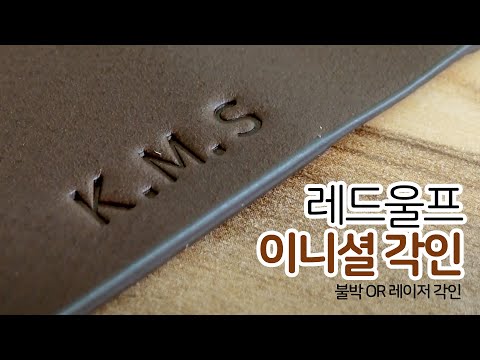
레이저 각인 영어로 주제와 관련된 이미지 16개를 찾았습니다.


![소형 레이저 각인기 3W] 올마크로 유리에 다양한 컬러 마킹 - YouTube 소형 레이저 각인기 3W] 올마크로 유리에 다양한 컬러 마킹 - Youtube](https://i.ytimg.com/vi/GzvJRSa6HKk/maxresdefault.jpg)
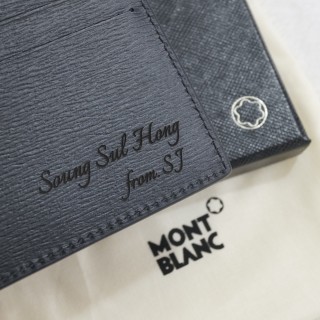






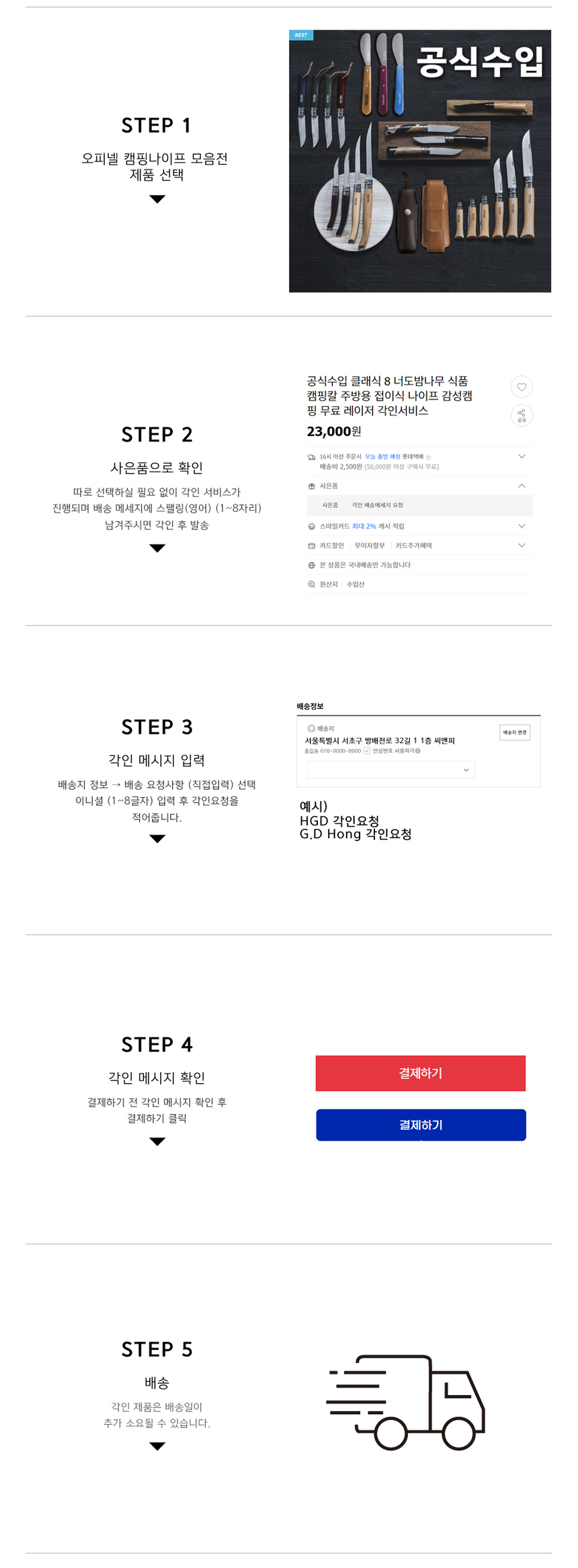

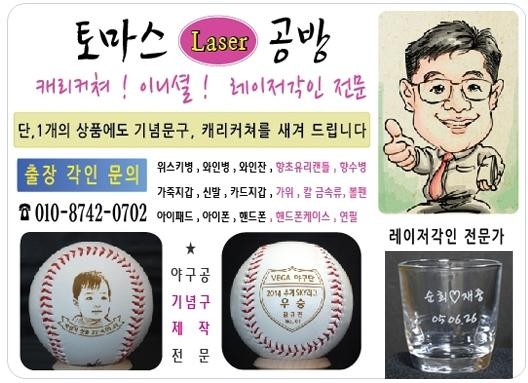
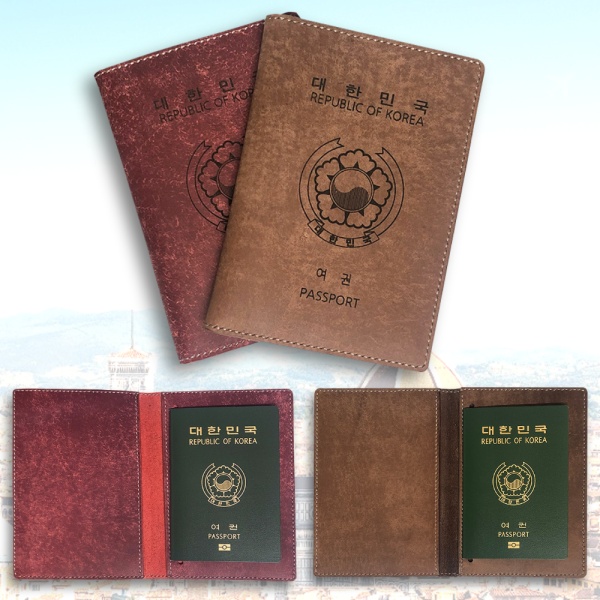



Article link: 레이저 각인 영어로.
주제에 대해 자세히 알아보기 레이저 각인 영어로.
- 레이저 각인 영어로 – Langs Education
- FreeBoard : KBDMania – 무각인이 영어로 뭘까요?
- 각인, 불박. 레이저각인, 한글각인, 영문각인, 한자각인
- 각인 (gag-in) 영어 뜻 – 영어 번역 – Tr-ex
- 헬스 운동 또는 역도할때 사용되는 벨트에 영어로 글씨 새겼습니다
더보기: https://huanluyenchosaigon125.com/blog/
